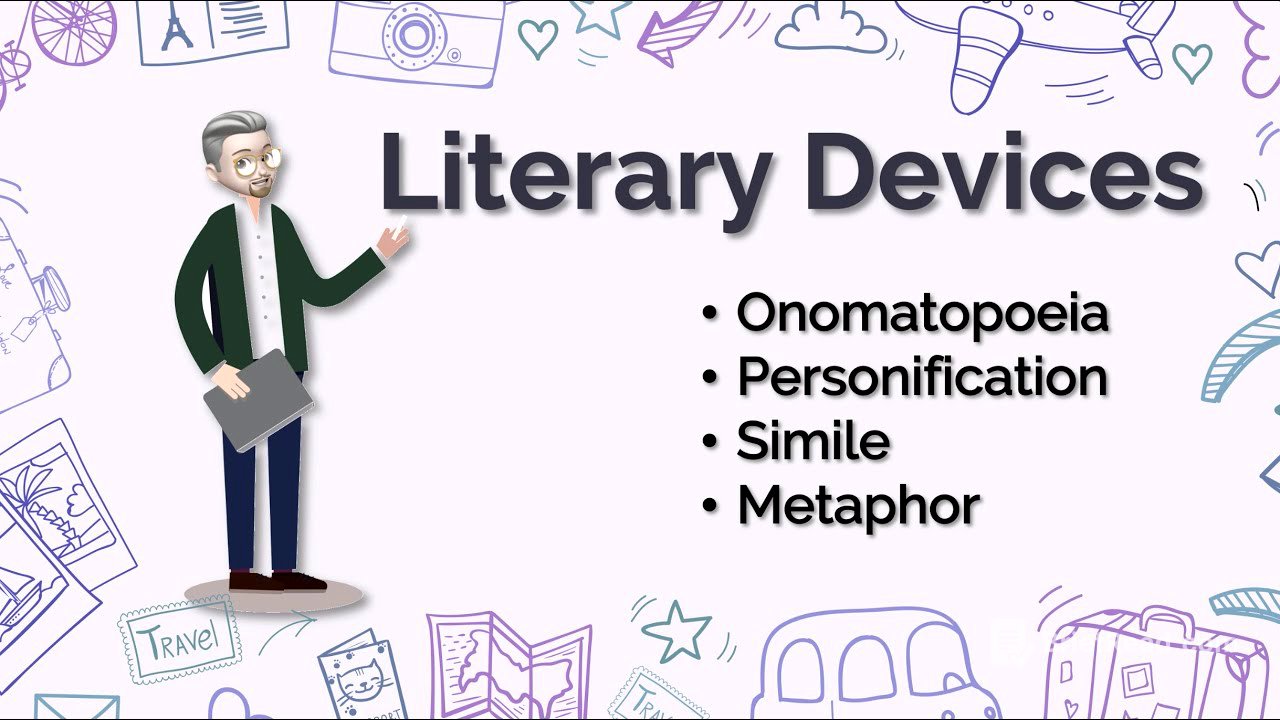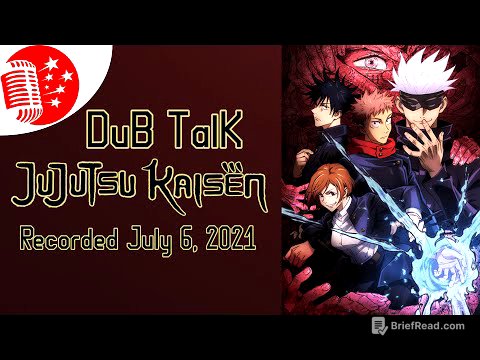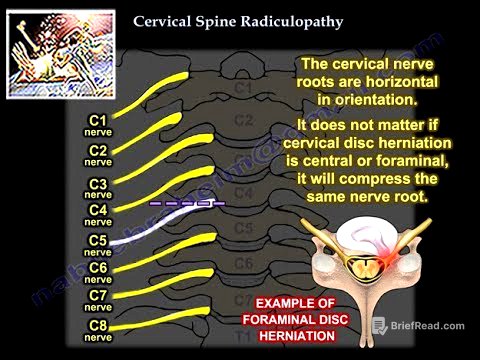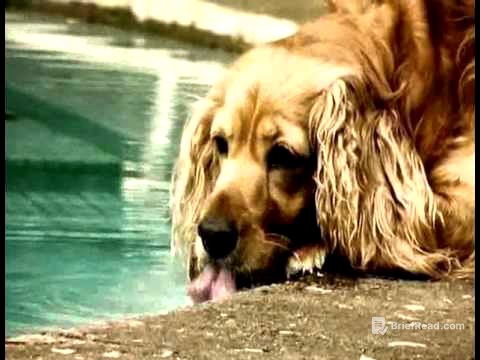TLDR;
This video explains four literary devices: onomatopoeia, personification, simile, and metaphor. It provides definitions and examples of each, and includes an exercise to test understanding.
- Onomatopoeia: Words that imitate sounds.
- Personification: Giving human characteristics to non-human entities.
- Simile: Direct comparison using "as" or "like."
- Metaphor: Direct comparison without using "as" or "like."
Introduction to Literary Devices [0:00]
The video introduces literary devices as techniques authors use to achieve their purpose. These devices help readers appreciate, interpret, and analyze literary works. The lesson will cover onomatopoeia, personification, simile, and metaphor.
Onomatopoeia [0:36]
Onomatopoeia is defined as a word whose pronunciation imitates a sound. Examples include "buzz," "hiss," "beep," "fizz," "click," "vroom," "woof," "boom," and "zip." The video provides several auditory examples such as "meow", "buzz", "click", "knock knock" and "tuk" to illustrate the concept.
Personification [1:31]
Personification involves giving human characteristics to non-human items, such as animals or objects. Examples provided include "the leaves danced," "the plants were begging for water," and "the earth hath swallowed all my hopes" (from Romeo and Juliet). Additional examples are "my watch told me the time" and "the wind whistled throughout the day," highlighting how inanimate objects or natural elements are described with human actions.
Simile [3:01]
A simile is a direct comparison between two things, typically using "as" or "like." Examples include "he slept like a log," "like a moth to a flame," "he eats like a horse," and "I work like a dog." Further examples using "as" are "she's as cute as a kitten," "Canada is as cold as ice," "I’m becoming blind as a bat," and "she is as sweet as sugar."
Metaphor [4:06]
A metaphor also compares two things but does so more directly, without using "as" or "like." The video provides metaphors for love, such as "love is a fruit in season at all times" (Mother Teresa), "love is a dog from hell" (Charles Bukowski), "love is a journey with water and stars" (Pablo Neruda), and "love is a disease" (Turjaneth).
Exercise [5:10]
The video includes an exercise where viewers are asked to identify whether a sentence is an example of onomatopoeia (O), personification (P), simile (S), or metaphor (M). Viewers are encouraged to pause the video to complete the exercise. The answers are then provided: 1) Simile, 2) Metaphor, 3) Onomatopoeia, 4) Personification, 5) Metaphor, 6) Personification, 7) Metaphor, 8) Onomatopoeia, 9) Simile, 10) Simile.
Conclusion [6:10]
The video concludes by encouraging viewers to ask questions in the comments, subscribe to the channel, like the video, and share the lesson with friends.









